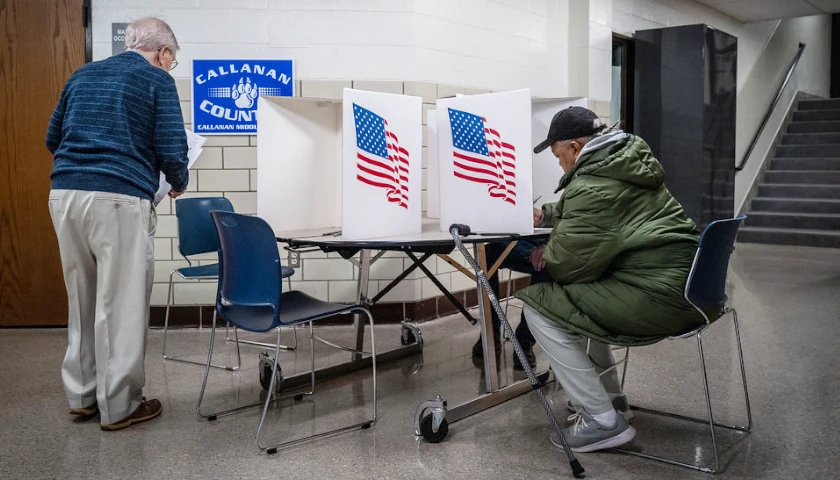by Peter Jacobsen
In his book Economics in One Lesson, Henry Hazlitt makes a famous distinction between good and bad economists:
The bad economist sees only what immediately strikes the eye; the good economist also looks beyond. The bad economist sees only the direct consequences of a proposed course; the good economist looks also at the longer and indirect consequences. The bad economist sees only what the effect of a given policy has been or will be on one particular group; the good economist inquires also what the effect of the policy will be on all groups.
Taking the approach of the good economist, a recent working paper from the National Bureau of Economic Research (NBER) highlights some of the unintended consequences of Covid policies, specifically vaccine mandates for workers.
The paper, titled Promoting Public Health with Blunt Instruments: Evidence from Vaccine Mandates, was authored by Rahi Abouk, an economist at William Paterson University, and economists John S. Earle, Johanna Catherine Maclean, and Sungbin Park of George Mason University.
The authors explore whether state-level vaccine mandates on healthcare-industry workers led to an increase or decrease in employment in the healthcare industry.
The authors argue that it’s not clear whether vaccine mandates would incentivize or disincentivize work in the healthcare industry because the mandates could theoretically come with both costs and benefits.
On the benefits side, the authors argue it’s possible industry workers could see mandatory vaccinations as an increase in workplace safety. In the words of the authors, “if mandates increase perceived safety of the healthcare industry, marginal workers may be drawn to healthcare, relaxing shortages.”
On the flip side, vaccine mandates come at a cost. Workers may be skeptical of the safety of the vaccine, and this may drive workers to quit rather than get the shot.
In economics, we view people as comparing the costs and benefits in order to make decisions. If someone is on the fence about a decision, economists call this being on the margin. So, the paper is trying to answer the following question: Does the marginal worker see vaccine mandates as a benefit or a cost?
So what did the researchers find? The paper concludes: “We document a 6% decline in the probability of working in the healthcare industry after states mandated COVID-19 vaccines for healthcare workers over the period 2021 to 2022.”
In other words, this paper provides evidence that the marginal worker in the healthcare industry considered the cost of the mandates to be greater than the benefits.
But the news gets even worse. Within the healthcare industry, there are employees who work directly in healthcare whereas some employees work in roles that pertain indirectly to the industry. Of these subgroups the paper says, “Dismayingly, we find the reduction is greater for workers in healthcare occupations compared with those in non-healthcare occupations.”
If the results of the paper are correct, it appears we can credit the Covid policy era with yet another unintended consequence. Vaccine mandates for healthcare workers, at least on paper, were sold as a way of improving safety for workers and patients in that industry. However, given that the mandates caused workers to leave the industry, it seems they made things less safe for everyone.
A more intense shortage of healthcare workers might mean that existing workers take on longer or harder shifts which expose them to more contagions. Patients might also have longer waiting times due to the dearth of workers.
Throughout Covid, some economists lectured the public on the positive externalities of getting a Covid vaccine. These economists failed Hazlitt’s test by ignoring the unseen negative externalities of blunt policy instruments like mandates.
– – –
Peter Jacobsen is a Writing Fellow at the Foundation for Economic Education. Peter teaches economics and holds the positions of Assistant Professor of Economics at Ottawa University and Gwartney Professor of Economic Education and Research at the Gwartney Institute. He received his graduate education at George Mason University.




